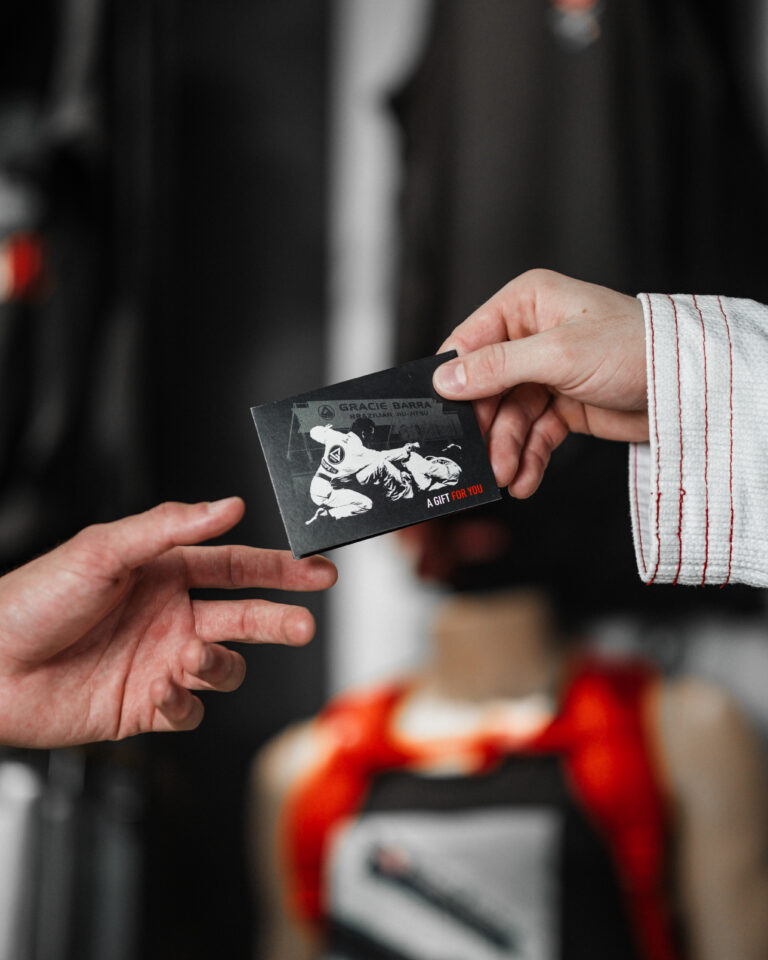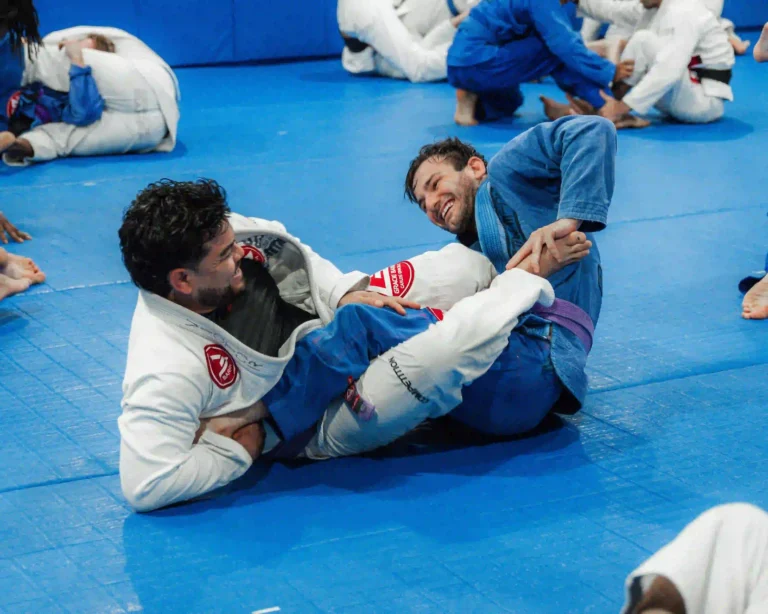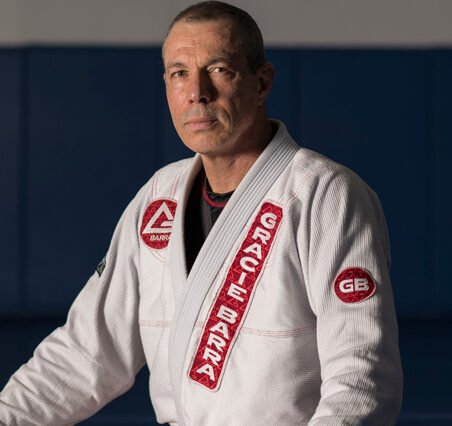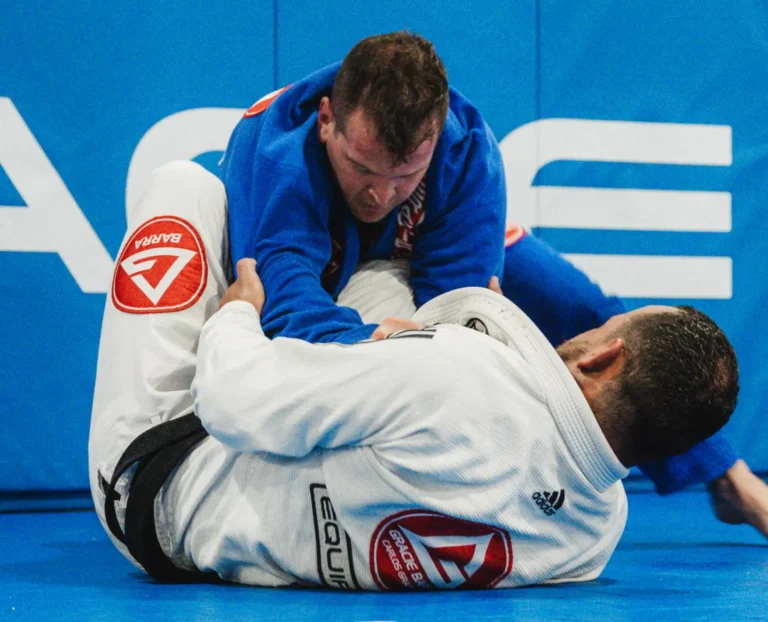Gracie Barra Headquarters California: Mastering Competition Jiu-Jitsu Guards
In the dynamic and intricate world of competitive Brazilian Jiu-Jitsu, the guard is, without a doubt, one of the most crucial and strategically rich positions. It is from the guard that many elite athletes manage to control their opponents, create opportunities for sweeps, and ultimately, transition to submissions. The constant evolution of the sport has led to the refinement and popularization of certain guards that consistently prove effective under the rules and pressure of championships. At Gracie Barra Headquarters in California, these techniques are not only taught but constantly refined, ensuring that our students are at the forefront of competitive Jiu-Jitsu.
Learn More About Brazilian Jiu Jitsu
This article will delve into the most frequently used guards in the competitive Jiu-Jitsu scene. We will analyze why they are so prevalent, their tactical advantages, and how athletes employ them to dominate their adversaries and achieve victory. Understanding these guards is fundamental not only for competitors but for any practitioner wishing to deepen their knowledge of the gentle art, especially those seeking the excellence of an academy like Gracie Barra Headquarters.
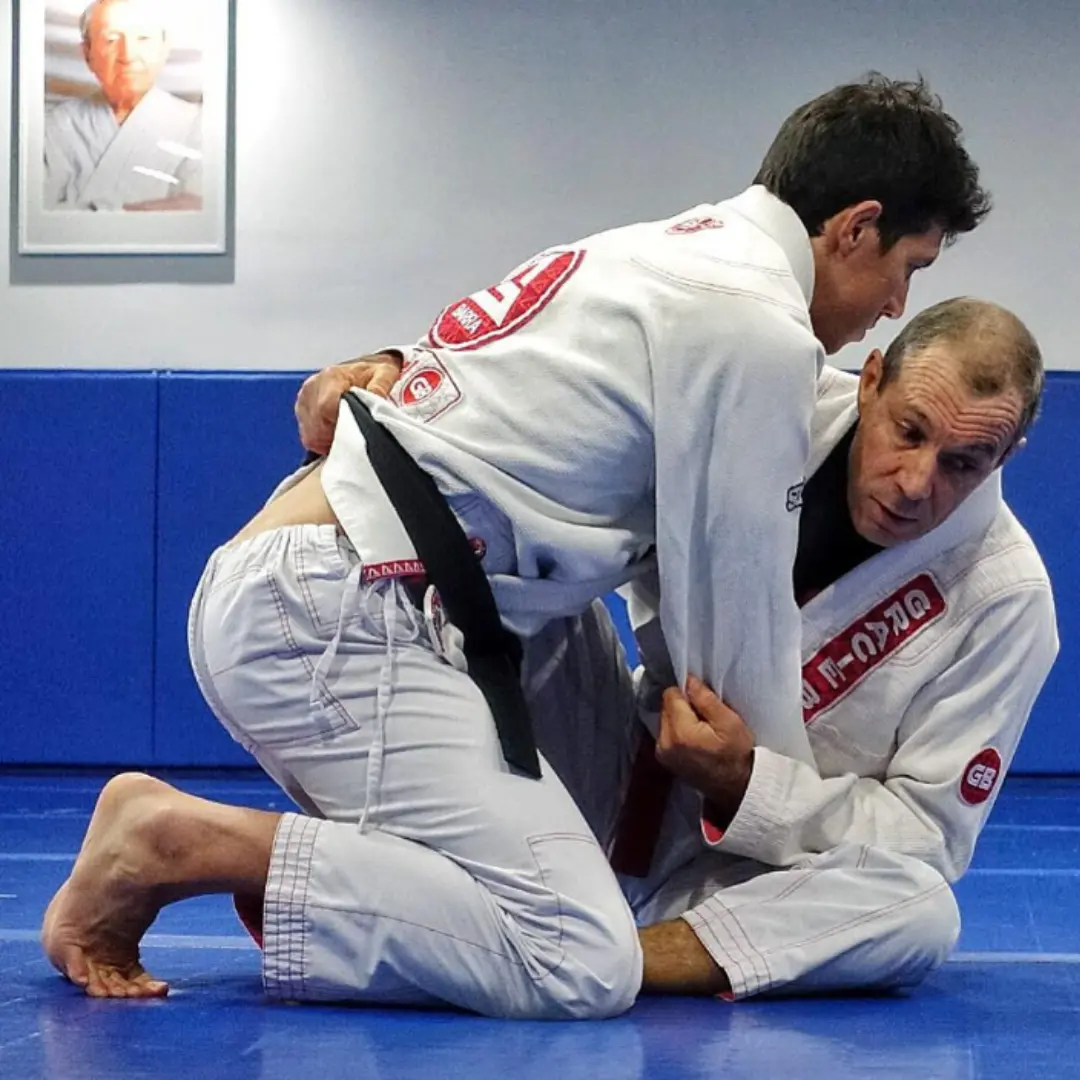
The Strategic Importance of Guard in Competitive Jiu-Jitsu
In a Jiu-Jitsu championship, every point and every position counts. The guard offers a robust defensive platform, but, more importantly, a versatile offensive base. A skilled guard player can neutralize the passer’s pressure, create angles for attacks, and, crucially, reverse the position to score points or initiate a submission sequence.
The choice of guard often reflects the athlete’s fighting style, physical strength, flexibility, and, of course, the strategy against a specific opponent. The most effective guards in competition are those that allow the guard player to maintain control, hinder the pass, and simultaneously threaten the passer with sweeps or submissions. The fluid transition between different guard types is also a hallmark of high-level competitors, something that is exhaustively trained at our California headquarters.
The Dominant Guards in the Competitive Scene
Several guards stand out for their effectiveness and frequency of use in major Jiu-Jitsu championships, from local tournaments to the IBJJF World Championship. At Gracie Barra Headquarters California, we dedicate significant time to mastering these positions. Let’s explore the most prominent ones:
1. Spider Guard
The Spider Guard is one of the most versatile and offensive guards, widely used by elite athletes. Its effectiveness lies in its ability to control the opponent’s arms and posture using their gi lapels and sleeves, while the guard player’s feet press on the passer’s biceps or thighs.
Why it is effective in competition:
Distance Control: Allows the guard player to keep the opponent at bay, making it difficult for pressure-based guard passes.
Multiple Attack Options: Offers a wide range of sweeps (such as the pendulum sweep, shoulder sweep) and transitions to submissions (triangles, omoplatas, armlocks).
Posture Control: By extending the opponent’s arms, the guard player breaks their posture, making them vulnerable.
Required Flexibility: Demands good flexibility in the legs and hips, which is a common characteristic among high-level athletes.
The Spider Guard is a nightmare for many guard passers, as it severely limits their movement options and exposes them to constant attacks. Our instructors at the California headquarters are masters at teaching the nuances of this guard.
2. De La Riva Guard
Named after the legendary Ricardo De La Riva, this guard is a pillar of modern Jiu-Jitsu and extremely popular in competitions, especially in No-Gi BJJ, where its variations are adapted. The De La Riva Guard involves one of the guard player’s feet on the opponent’s hip and the other foot hooked on the outside of the opponent’s thigh, controlling the leg.
Why it is effective in competition:
Constant Imbalance: The De La Riva hook constantly unbalances the opponent, making it difficult for them to establish a solid base for passing.
Leg Attacks: Opens doors for leg attacks, such as leg locks (in contexts allowed by rules) and, more commonly, transitions to X-Guard or Berimbolo.
Hip Control: The foot on the opponent’s hip offers fundamental control, allowing the guard player to dictate distance and angles.
Versatility: Can be easily combined with other guards, such as the Spider Guard (De La Riva Spider) or transitions to X-Guard, making it unpredictable.
The De La Riva Guard is a dynamic guard, requiring the guard player to be active and constantly seeking angles and imbalances. It is one of the most taught and refined guards in our competition programs at Gracie Barra Headquarters.
3. Half Guard
The Half Guard is one of the most fundamental and universally applicable guards in Jiu-Jitsu. Although it appears to be a defensive position, elite athletes have transformed it into a powerful offensive platform, using it to sweep, submit, and even take the back. It involves the guard player trapping one of the opponent’s legs between their own.
Why it is effective in competition:
Security: Offers a good level of security against guard passes, especially against heavy, pressure-based passers.
Sweep Options: Has a wide range of sweeps, such as the knee slice sweep, deep half guard sweep, “old school” sweep, and leg sweeps.
Transitions to Back: It is an excellent position for transitioning to the opponent’s back, one of the highest-scoring positions in competitive Jiu-Jitsu.
Weight Control: Allows the guard player to control the opponent’s weight, distributing it to create openings.
Variations: Half Guard has numerous variations (Deep Half Guard, Inverted Half Guard, Kneeling Half Guard), each with its own advantages and attacks.
The Half Guard is a “fighting” guard, where the guard player and passer are in constant dispute for space and control. Our professors at the California headquarters are experts in all its variations.
4. X-Guard
The X-Guard is an advanced and highly effective guard for sweeps, especially against opponents who stand to pass the guard. The guard player uses their legs to control one of the opponent’s legs, creating a potent imbalance and opening pathways for various sweeps.
Why it is effective in competition:
Explosive Sweeps: Allows for very powerful and difficult-to-defend sweeps, often leading the opponent directly into mount or to the back.
Leg Control: Control of the opponent’s leg is central, limiting their mobility and ability to defend.
Transition from Other Guards: Frequently accessed from other guards, such as De La Riva or Half Guard, making it part of complex sequences.
Less Physical Effort (if executed well): Once established, the X-Guard allows the guard player to use leverage to sweep with less brute force.
The X-Guard is a direct attack guard, ideal for athletes who seek a quick and decisive sweep. It is a high-level technique that you can refine at Gracie Barra Headquarters California.
5. Lasso Guard
The Lasso Guard is a variation of the Spider Guard that has become extremely popular due to its control capabilities and difficulty to pass. The guard player wraps one of their legs around the opponent’s arm, creating a “lasso” that restricts the passer’s arm and body movement.
Why it is effective in competition:
Relentless Control: The lasso provides very strong control over the opponent’s arm and shoulder, making it difficult for them to maintain posture and pass.
Angle Attacks: Allows the guard player to create angles for sweeps and submissions that are difficult to defend due to the restriction of the lasso.
Posture Break: The lasso pulls the opponent down and to the sides, breaking their posture and exposing them to attacks.
Combinable: Can be combined with Spider Guard (Lasso Spider) or transitions to X-Guard or Triangle Guard.
The Lasso Guard is a control and positional strangulation guard, ideal for athletes who like to work with patience and precision.
Discover Gracie Barra Headquarters, California
Mastering the Guard Game for Victory at Gracie Barra Headquarters, CA
The guards mentioned – Spider Guard, De La Riva, Half Guard, X-Guard and Lasso Guard – represent the vanguard of guard strategies in competitive Jiu-Jitsu. Each offers a unique set of advantages and challenges, and the choice of which to employ depends on the situation and the athlete’s style.
For any aspiring competitor or serious practitioner, dedicating time to understanding and mastering these guards is an essential step towards elevating their game. They are the tools that allow athletes to control the pace of the fight, create opportunities, and ultimately, achieve victory on the mat. Gracie Barra Headquarters in California, as a center of excellence and world headquarters, continues to teach and refine these techniques, preparing the next generation of champions to dominate the global guard game. Come train where champions are forged and take your Jiu-Jitsu to the next level.




